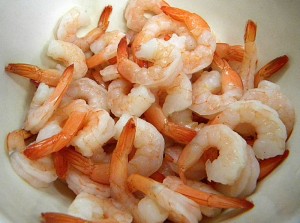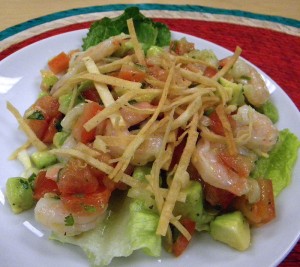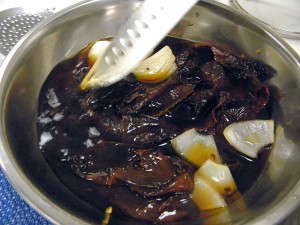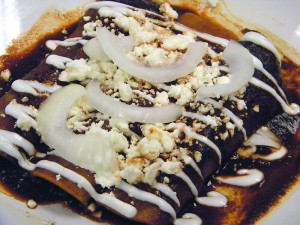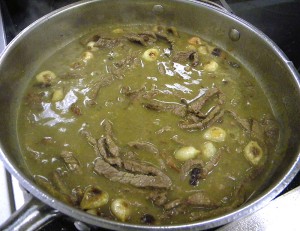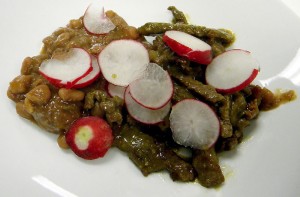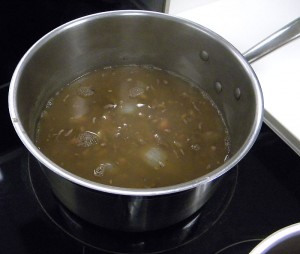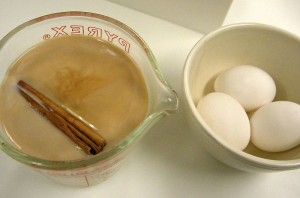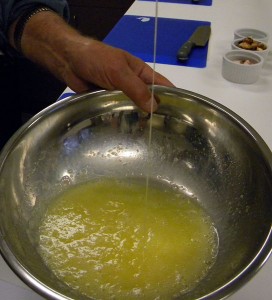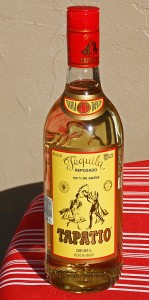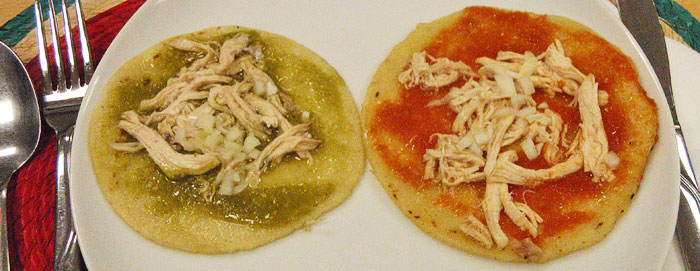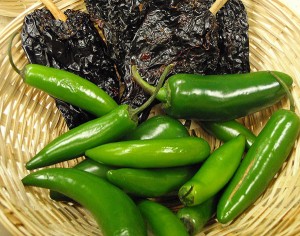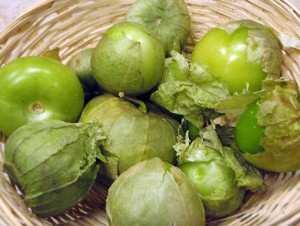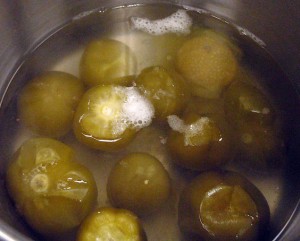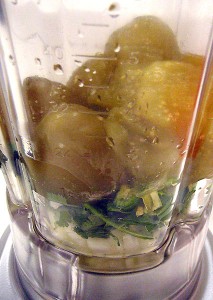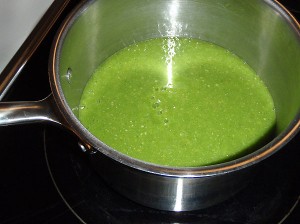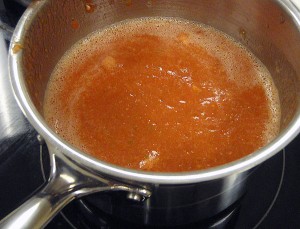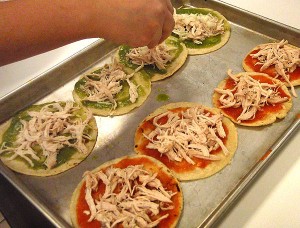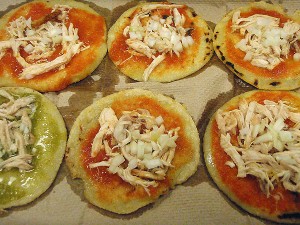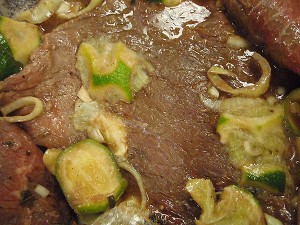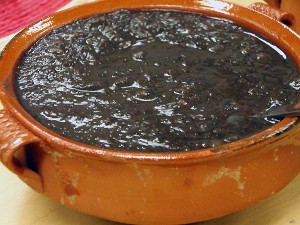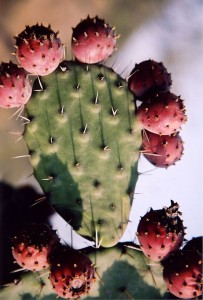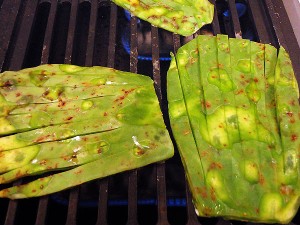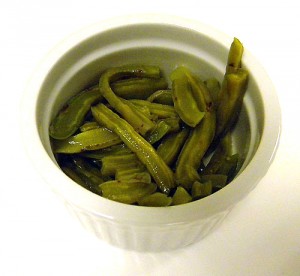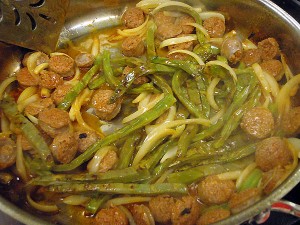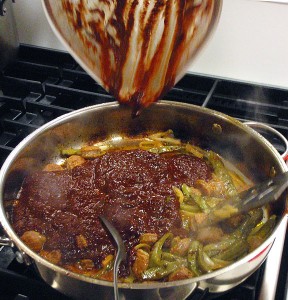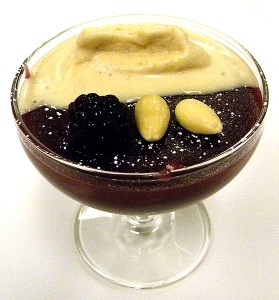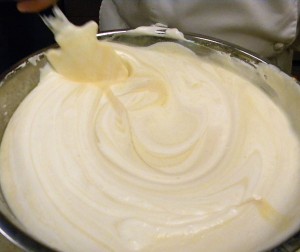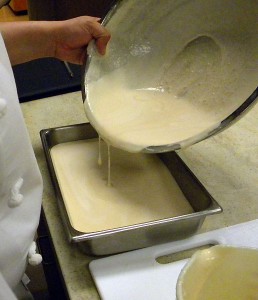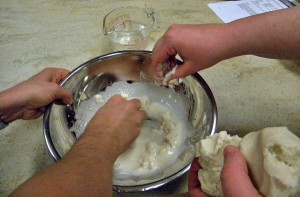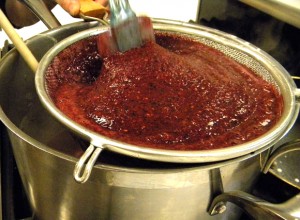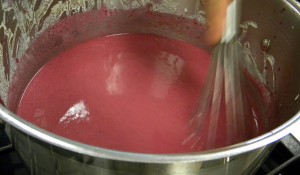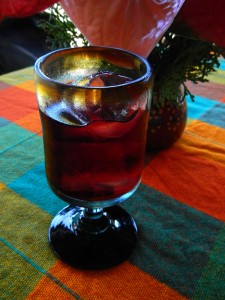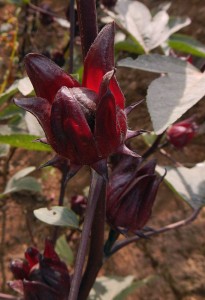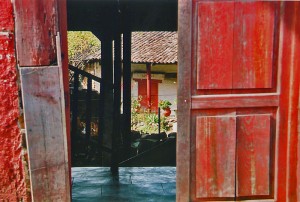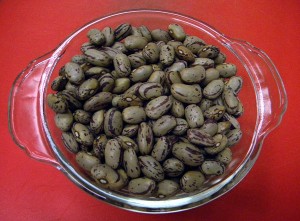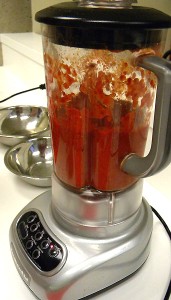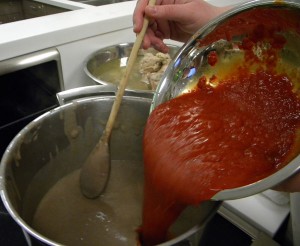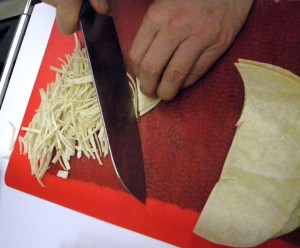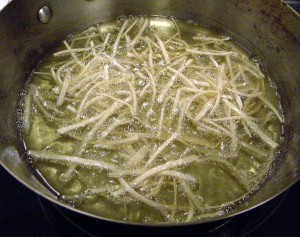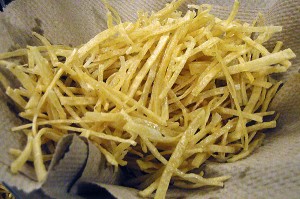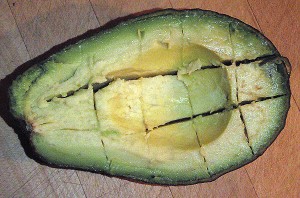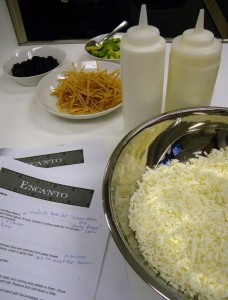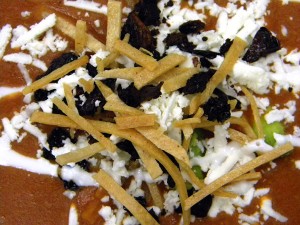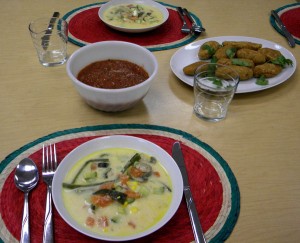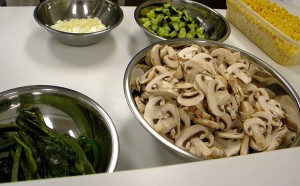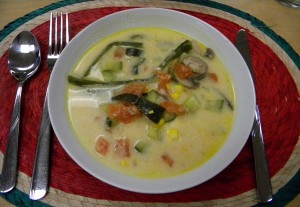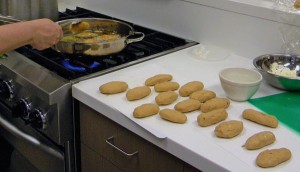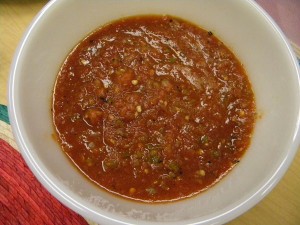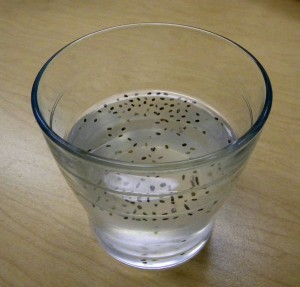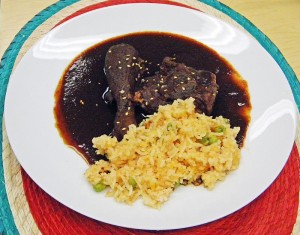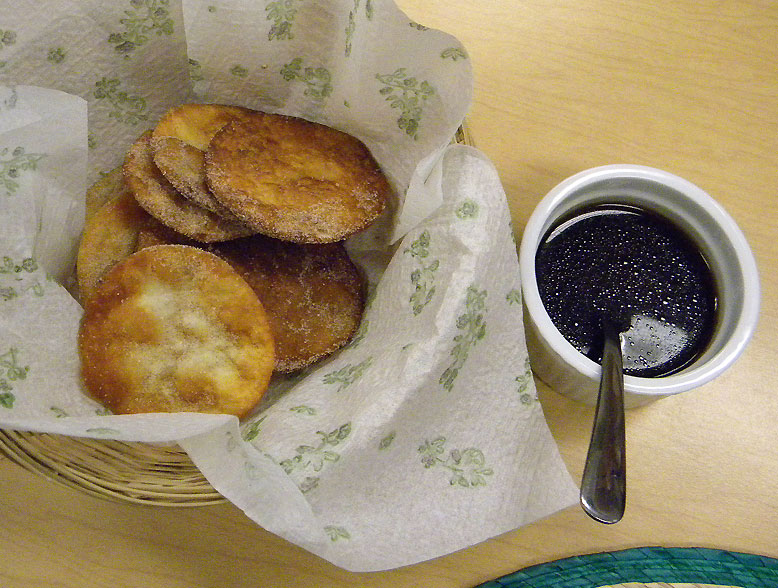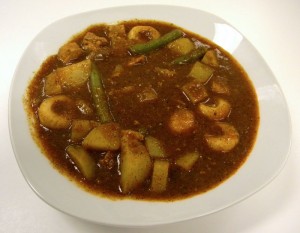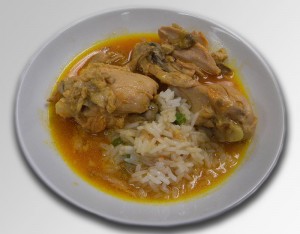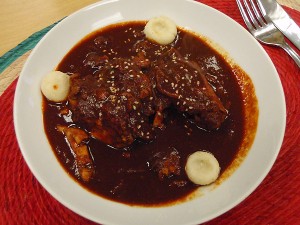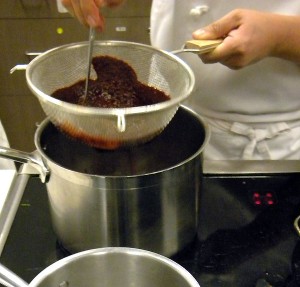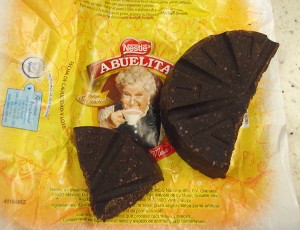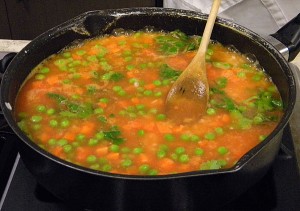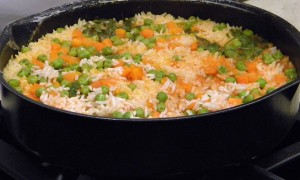The Jalisco Menu
Ensalada de camarones, or shrimp salad
- camarones prepped for the ensalada
- oil is added to the tequila and vinegar mix for the dressing of the ensalada de camarones
- ensalada de camarones with onion, cilantro, avocado, tomato, lettuce and a tequila and vinegar dressing, and topped with crunchy deep-fried tortilla strips
Enchiladas
- preparing the chiles for the enchiladas
- straining the blended chiles into a hot mix to prep the sauce for the enchiladas
- the real enchilada! The meaning of ‘enchilada‘ is to be slathered ‘in chiles’. Drizzled crema fresca, queso fresco and half moon slices of onion top off these corn tortilla-wrapped morsels of chicken.
‘Carne en su jugo‘, or meat in its juice.
- the ‘cambray’ onions for the ‘carne en su jugo‘. The onions are browned in a hot pan, the same one that was earlier used to fry the bacon and then the carne(meat), building on all the flavours. Pearl onions are an acceptable substitute if you can’t find ‘cambray’ onions.
- The meat is inside round, the ‘jugo‘ (juice) is flavoured with tomatillos, onion, garlic, serranos, bacon and ‘cambray’ onions.
- ‘Carne en su jugo‘, served with sliced radishes on top. Super delicioso, but I was so full I could only try a little. I really regret not bringing along a container so I could take some home. This recipe, along with the accompanying ‘frijoles charros‘ are tops on my list of dishes to try at home.
Frijoles charros, or cowboy beans
- The carne en su jugo was served with Frijoles charros. This dish started with flor de mayobeans (or pinto beans as a substitute) that had been slow-cooked with onion and garlic for several hours.
- Chorizo, then garlic and onion were fried, and then added to the beans.
Flan from Jalisco, known as ‘Jericalla’
- the basic ingredients for flan from Jalisco, known as ‘jericalla’, are very simple: eggs, milk, sugar, vanilla and cinnamon.
- whisk the eggs and sugar together until the mixture forms a ribbon
- flan from Jalisco, known as ‘jericalla‘, showing the caramelization of the custard surface.
More from Jalisco: Mariachis and Tequila

